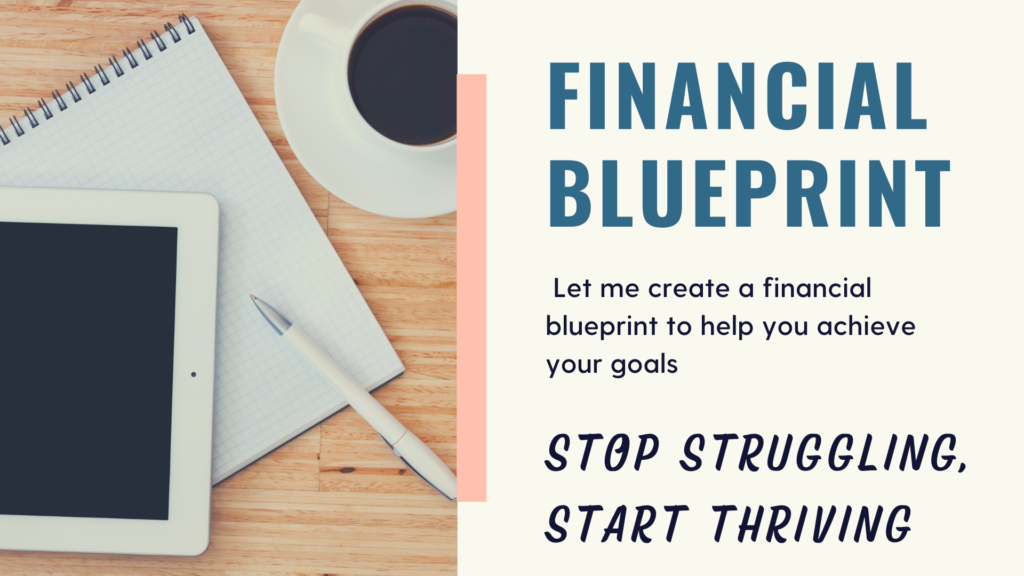“The secret of getting ahead is getting started”…Mark Twain
I’m not sure Mark Twain had a financial transformation in mind when he pinned that famous quote but I can’t think of a more appropriate opening for what we’re going to discuss today which is taking the first step to change your financial future!
Just thinking about starting a financial journey can cause many to have feelings of anxiety, fear, uncertainty, anger, regret, or depression. So determining where to get started can feel like trying to climb Mt. Everest. Trying to climb one of the highest peaks in the world without the right mindset, preparation and tools will 100% lead to disaster. Similarly, trying to take control of your finances and not knowing where to start or the right decisions to make along the way can be equally problematic.
Having control over your personal finances can lead to a better quality of life. Just like modifying your diet and increasing your physical activity can boost a weight loss journey, leveraging the five basic tips we’re going to review today will help you to have a successful financial journey by:
- Lower the stress and anxiety you might be feeling about money…according to a recent survey produced by Capital One
- 77% of Americans are stressed or anxious about money
- 58% feel their finances are out of control
- 52% have difficulty controlling money related worries
- Help you understand your emotional and mental relationship with money…emotions play a huge role in how we think about and relate to money. Family and childhood experiences about money NEVER leave us… you may have some traumatic family events surrounding money that you’ve tried to avoid or that you use as motivation to be behave differently but no matter what you do those thoughts and feelings are ALWAYS with you
- Increase your financial literacy…understanding the basics of personal finance can help you avoid financial mistakes that can take years to recover from – Ask Me How I Know…oh to be 25 again with the knowledge I have today!
Here are 5 essential steps you can take to jump start your financial journey:
- Understand your Money Mindset – Understanding how you relate and connect to money will be critical for you to succeed. As we discussed earlier, our family, childhood, society and even the “junk” we tell ourselves about money play a huge part in the financial decisions we make. Often, we allow feelings of shame, guilt, fear, anger or jealously paralyze us into a state of doing nothing or continuing behaviors we know will derail progress – like emotional spending. There are 10 pairs of shoes in my closet that are giving me the side-eye right now as I write this post!
Don’t worry we’ve all done it – but with understanding your money mindset and how you relate to money – you’re going to be able to recognize your triggers. As a take away exercise, I want you to think of 5 money beliefs you were taught growing up, learned as a young adult or through society influence that have prevented you from true financial success. Once you get started it might be difficult to limit it to just 5 – at least it was for me when I created my own “money mindset map”. But I want you to limit yourself to just 5 because for each “money myth” that you’ve been taught or believe I want you to identify 5 money facts that contradict those myths. The top three on my list looked a little like this:

2. Know Your Financial “Why” or determine your Financial Goals – Wanting to have a better financial outlook is probably what prompted you to read this blog or to watch my video (link YouTube vid). Something is motivating you to change your current situation. Maybe you’re like me and want to help your children learn better financial habits, or you desire to payoff debt – even if it’s just 1 credit card, or maybe you’re tired of living paycheck to paycheck or you want to save for a home. Whatever the reason I want you to identify your why or your goal that is going to help you stay focused and motivated. When I first started my journey, I was a single mother living away from family and support and was caring for a sick parent. In other words, everyone was depending on me – if I failed we would all go under, sound familiar? There were nights I would lie awake wondering how I was going to make it all work? Would this be the month I would have to choose between food or medicine? My financial why became an overwhelming desire to create a safety net so I wouldn’t have to make those types of choices. Coupled with that were the faces of my children and my mother who needed me to up my personal finance game. Every time I got weary or tired or wanted to buy myself the “I deserve this or that”, I thought about my why. Write your why down, put it somewhere you can see it every day. If you’re a visual person then put up a picture of that perfect 2,000 square foot colonial you want to own! Whatever your reason keep it front and center to help you stay focused.
3. Know your Debt Load – This step might be where your palms get sweaty or your heart starts racing and you may liken this experience to a root canal – but just like a root canal it has to be done or things will get much worse (Shoutout to all my dentists and hygienists)! You need to know and list everyone you owe money to – from your Uncle Rodney to Citibank you have to know the who and the how? This step may take you longer because you don’t want to face some or all of it but trust me writing it all down will actually give you a sense of freedom. Writing it out allows you to connect it to your Money Mindset and your Financial Why. If what you owe Citibank is keeping you from qualifying for a mortgage for your dream colonial, the next step will help you create a plan of attack. If the holidays are strained because you haven’t paid Uncle Rodney back, the next step will help you bring peace back to your holiday dinners.
I suggest you create a simple list on paper or in excel where you write down the debt, the owner and the amount owed – that’s it. Later in another post we’ll get into interest rates, what you payoff first, an avalanche versus a snowball etc…this step is just to get you to face what you owe – write it all out, allow yourself to process the wave of emotions you may feel and then cover yourself with the biggest dose of grace you can find. Knowing your debt load is meant to encourage and strengthen you to chart a new path forward. In the words of one of my favorite cartoons GI Joe – “Now you know and knowing is half the battle”!
4. Create a Financial Blueprint – I intentionally stayed away from the dreaded “B” word as one of the first 3 steps because I first wanted you to get your mental game strong. Now that we have that covered we need to create a roadmap for success. A Financial Blueprint is so much more than just a budget because you are not only going to identify your income and expenses but you’re going to create a specific purpose for each dollar and monitor throughout whether or not it’s performing the way you need it to. Every dollar in your blueprint should be performing a function to move you closer to your financial goals. If your goal is t o payoff a certain amount of debt, your blueprint should reflect paying down debt; your blueprint should reflect you responsibly paying all expenses and debt on time; and it should also reflect you paying yourself and saving. We will get more into this in step 5, but paying yourself is a critical component of your blueprint. To get started on your Financial Blueprint, download my Budgeting for Beginners excel template.
5. Pay Yourself First: Guard Against Emergencies – This 5th and final step is critically important to help protect you against the unexpected. It’s not a matter of “if” but simply a matter of “when” an unplanned event happens. Four of the top unforeseen expenses that can derail any financial journey are:
- Major car repair
- Home appliance or system breakdown
- Medical emergency
- Job loss or reduction in income
Being able to create a buffer to weather these types of events will help to protect you from making money decisions you later regret. Having an emergency fund will keep you from having to create more debt – by either having to rely on using a credit card or obtaining a high interest loan in order to cover the cost of expenses.
How much of an emergency fund you have will depend on your current financial picture? If you are just beginning your journey and have debt to payoff, you should have a minimum of at least $1,000. The cost of the average car repair according to CarMD based on the 10 most common repairs is approximately $400. Depending on the age, make and model of your car that average cost could be higher. Ultimately you will need to determine the amount of your emergency fund based on the level of security you’d like to have. Even having $500 in the bank can mean the difference between moving ahead in your financial journey or digging yourself further into debt.
Use the Hustle Girl Financial How To Build an Emergency Fund checklist to help get you started on ideas of how to save.

